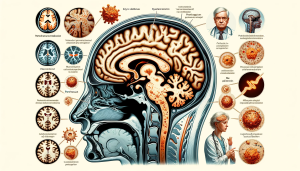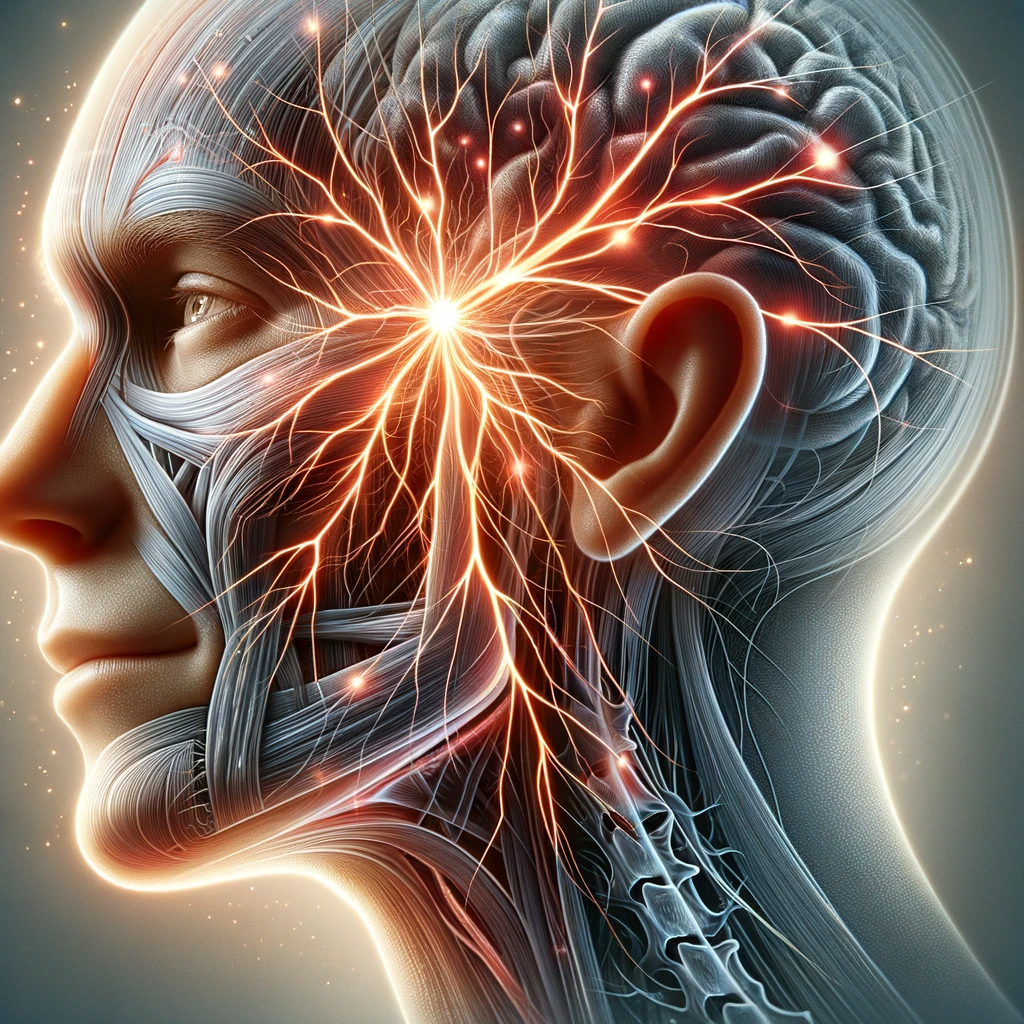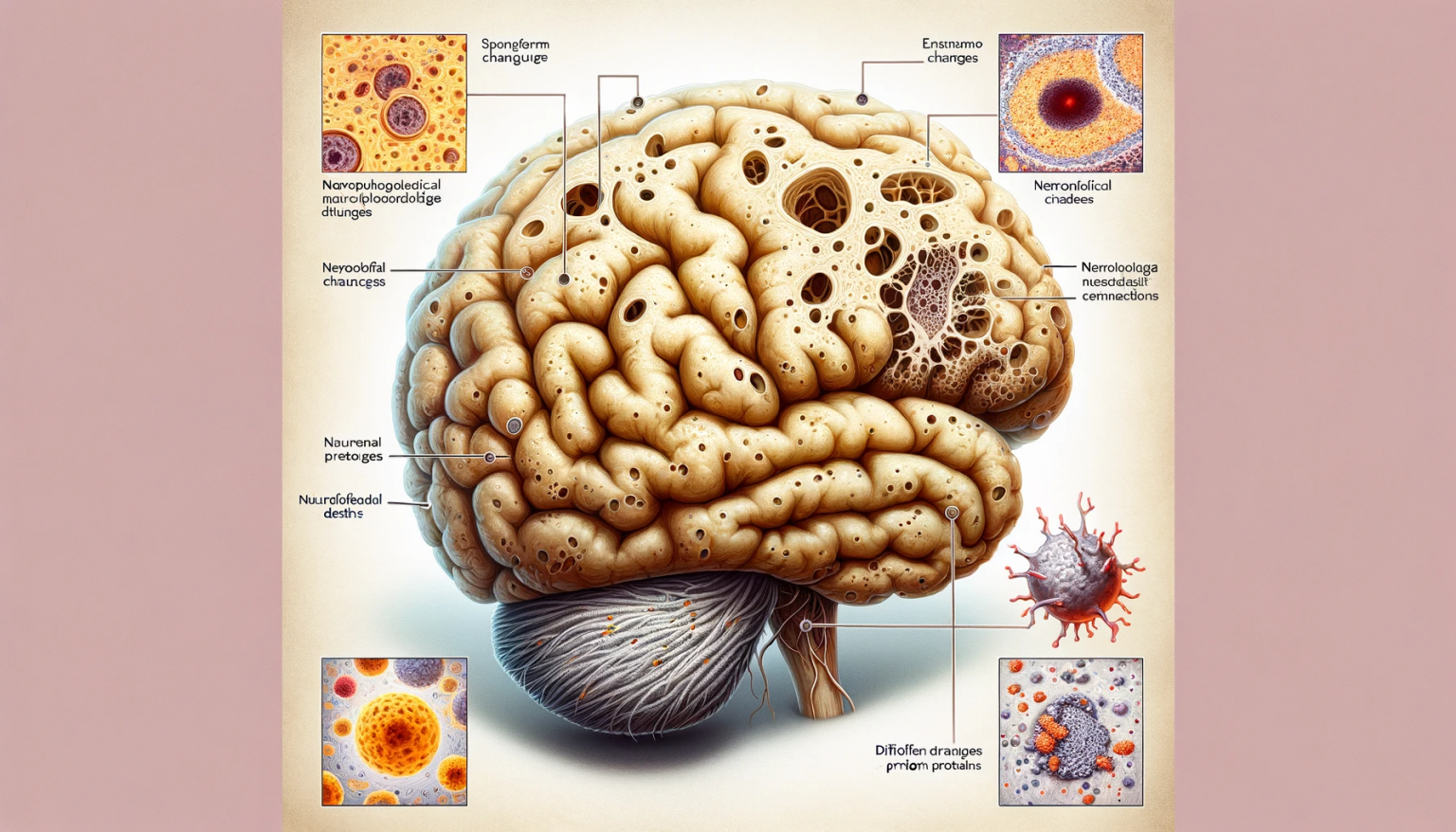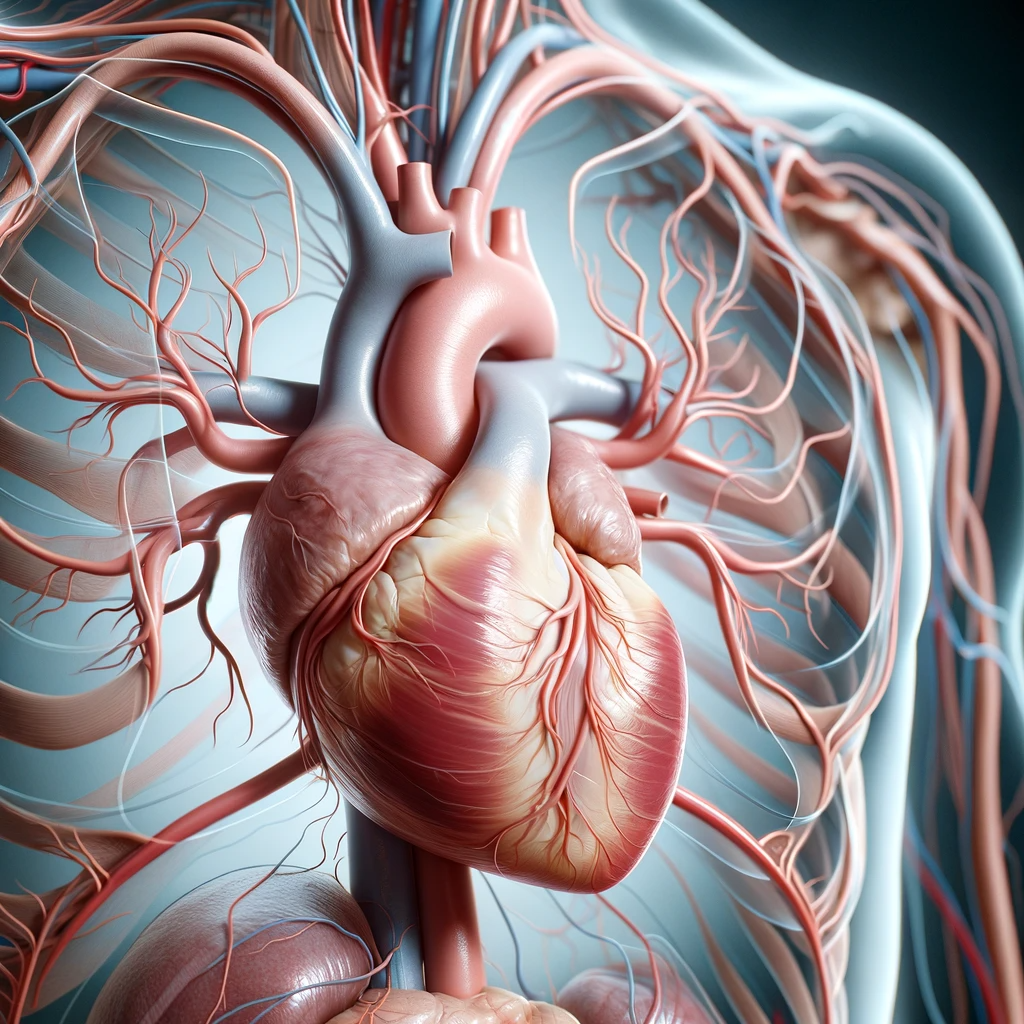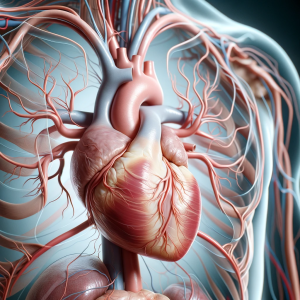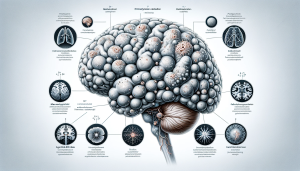Abstract
Pantothenate Kinase-Associated Neurodegeneration (PKAN) is a rare, inherited neurodegenerative disorder characterized by iron accumulation in the brain. This extensive review explores the pathobiology, clinical characteristics, diagnostic criteria, and therapeutic approaches for PKAN.
Introduction
PKAN, a form of Neurodegeneration with Brain Iron Accumulation (NBIA), results from mutations in the PANK2 gene, which encodes pantothenate kinase 2. This enzyme is involved in coenzyme A metabolism, and its dysfunction leads to abnormal iron accumulation, particularly in the basal ganglia. PKAN is distinguished by its early onset and rapid progression, posing significant clinical challenges.
Pathobiology
The pathogenesis of PKAN is attributed to the loss of function of pantothenate kinase 2, disrupting the biosynthesis of coenzyme A. This disruption leads to abnormal iron deposition in the brain, oxidative stress, and neuronal death. The hallmark of PKAN in neuroimaging is the “eye-of-the-tiger” sign, indicative of iron accumulation in the globus pallidus with surrounding areas of tissue rarefaction.
Clinical Features
PKAN typically presents in childhood with progressive dystonia, parkinsonism, and cognitive decline. Other symptoms may include spasticity, retinopathy, and psychiatric abnormalities. The disease progresses rapidly compared to other forms of NBIA, often leading to severe disability in adolescence or early adulthood.
Diagnostic Approach
The diagnosis of PKAN is based on clinical assessment, MRI findings (the “eye-of-the-tiger” sign), and genetic testing confirming PANK2 mutations. Differential diagnosis includes other causes of neurodegeneration with brain iron accumulation, dystonic disorders, and atypical parkinsonism.
Management Strategies
Treatment for PKAN is largely supportive and symptomatic. Therapeutic approaches include pharmacotherapy for dystonia and parkinsonism, physical and occupational therapy, and management of nutritional needs and psychiatric symptoms. Iron-chelating agents have been explored with varying success. Advances in gene therapy and neuroprotective strategies offer potential future treatment avenues.
Prognosis and Future Directions
The prognosis for PKAN is generally poor, with most patients experiencing significant neurologic decline. Research is focused on understanding the molecular mechanisms underlying iron accumulation and identifying effective therapies to modify disease progression.
Conclusion
PKAN represents a significant challenge in the field of neurogenetics and pediatric neurology. A multidisciplinary approach is essential for optimal management of this complex disorder.

